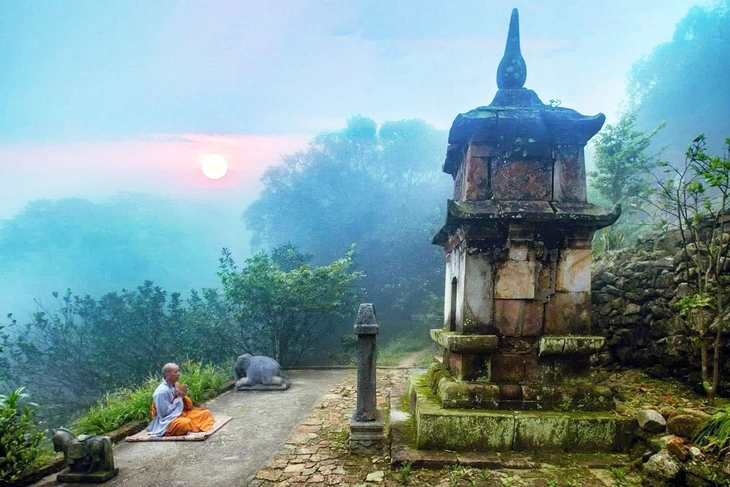
The relic box is being enshrined at the Buddha Emperor tower, Ngoa Van, Yen Tu - Photo: NGUYEN THUY
And recently, Dr. Nguyen Van Anh (University of Social Sciences and Humanities, Vietnam National University, Hanoi) announced the discovery of the relics of Buddha Emperor Tran Nhan Tong in Ngoa Van.
According to Dr. Nguyen Van Anh, historical records show that after his death, King Tran Nhan Tong was cremated by his disciples, leaving behind his jade bones and more than 3,000 jade relics. The King's relics were then divided into many parts and kept in many places for people and Buddhists to worship and pay homage to.
Found the relic box at the place where it was worshiped.
According to historical records, there are at least 7 places to enshrine the relics of King Tran Nhan Tong. One is Ngoa Van, Yen Tu (now in Dong Trieu city, Quang Ninh ) - where King Tran Nhan Tong entered nirvana and also where his disciples performed the cremation ceremony.
The second is Tu Phuc Pagoda located in the Imperial Palace of Thang Long, the exact location of which is currently unknown. The third is Bao Thien Tower in Bao Thien Pagoda, located in the area of the current Hanoi Cathedral. The fourth is Duc Lang in Tam Duong, Thai Binh (now in Tam Duong village, Tien Duc commune, Hung Ha district, Thai Binh province).
The fifth is Hue Quang tower (To tower) in Hoa Yen, Yen Tu. The sixth is Pho Minh tower, Pho Minh pagoda (now in Loc Vuong ward, Nam Dinh city). In 1986, Nam Dinh province restored Pho Minh tower and confirmed that on the 11th floor of the tower there is a stone box, according to historical records, the box contains relics.
And the seventh is in Quynh Lam - a large monastery, a training center for monks of the Truc Lam Zen sect - there are two towers enshrining the relics of Buddha Emperor Tran Nhan Tong.
Until 2017, Pho Minh tower was the only place confirmed to contain the relic box of King Tran Nhan Tong. In 2017, Hanoi University of Social Sciences and Humanities in collaboration with Quang Ninh Museum, Dong Trieu town excavated Ngoa Van hermitage and discovered the relic box. Archaeologists believe that this is the relic box of King Tran Nhan Tong.
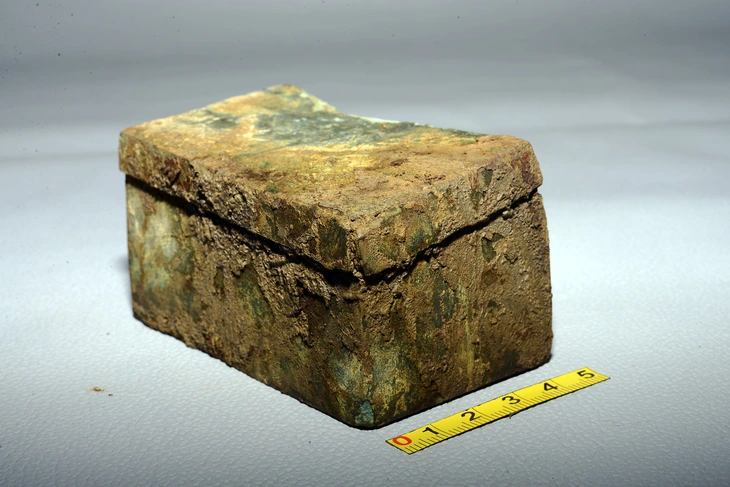
The box believed to contain the Buddha's relics was found in Ngoa Van - Photo: Dr. NGUYEN VAN ANH
Most likely the relics of Buddhist Emperor Tran Nhan Tong
Dr. Nguyen Van Anh said the most important goal of the excavation at Ngoa Van hermitage in 2017 was to search for traces of the Tran Dynasty Buddha Emperor tower built by Phap Loa (the second disciple of the Truc Lam Zen sect) to house the relics of Tran Nhan Tong at Ngoa Van.
Excavation results show that the restoration of Ngoa Van hermitage under the Le Trung Hung dynasty fundamentally changed the ground structure of Ngoa Van hermitage of the Tran dynasty, so no trace of the Tran dynasty's Buddha Hoang tower has been found.
However, the group discovered an alloy box. Having studied the relic box at Nhan Tower (Nghe An) as well as other places to enshrine the relics of King Tran Nhan Tong, Mr. Van Anh suspected that it was a relic box.
He decided not to open the box but to keep the structure of the box as it appeared, because if it is a relic box, keeping it intact has many values, including spiritual value.
Instead, he conducted the process, reporting and consulting with researchers, including foreign scholars who specialize in studying relic boxes discovered in China, Korea and Japan.
To clarify the structure of the box, the research team decided to use X-rays. The X-ray results showed that the box consisted of two layers of boxes (with another box visible inside the box). The innermost box contained two objects, one rod-shaped (similar to a piece of bone) and one round-shaped (its structure and shape quite similar to a molar tooth).
The shape, structure (the structure of the coffin used in the burial of emperors) and size of the box, especially the objects inside the box, allow us to speculate that this is a relic box. This box was found in Ngoa Van, the place where the Buddha Emperor passed away, so the research team speculates that this is the relic box of the Buddha Emperor Tran Nhan Tong.
"Researching that box, we realized that it was difficult for anyone to enjoy such a burial ceremony, except for Tran Nhan Tong," said Mr. Anh. He recently announced the discovery of the relic box of Buddhist Emperor Tran Nhan Tong.
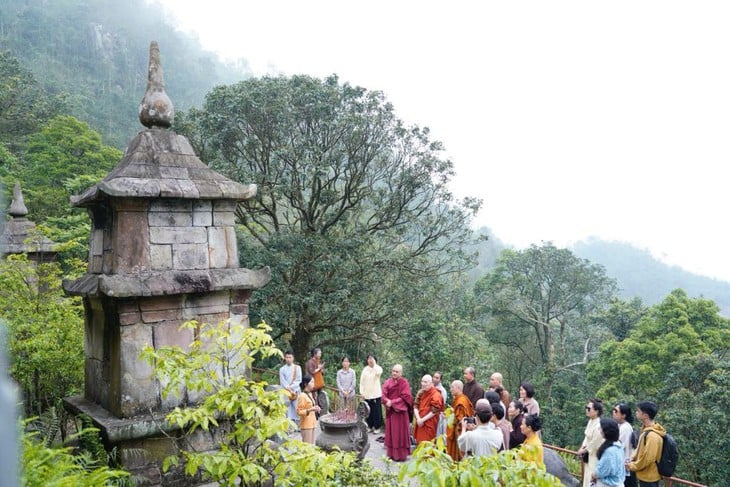
The delegation of monks led by Bhikkhu Bodhi attending Vesak 2025 visited the King Buddha Stupa - where the newly discovered relic box is being enshrined - Photo: XUAN CU
Continue to study further
Commenting on the announcement of Dr. Nguyen Van Anh, Professor Luong Gia Tinh - Vice President of Vietnam Buddhist Academy and Associate Professor Dr. Tong Trung Tin - President of Vietnam Archaeological Association - said that there are certain reasons to believe that this is a box containing the relics of the Buddha King, but to confirm more firmly, scientists should continue to research further.
Regarding this suggestion, Mr. Anh said that in China, relic boxes have been discovered in many places such as Dai Van Pagoda (Gansu), Phap Mon Pagoda (Shaanxi), Loi Phong Pagoda in Zhejiang... Based on historical records, these relics are identified as Buddha's relics. But there are still doubts about whether they are really Buddha's relics or not. This doubt is common sense in science.
According to Mr. Anh, it is understandable that there are doubts that the relic box found in Ngoa Van is definitely the relic of Buddha Emperor Tran Nhan Tong, and it is the motivation for the research team to continue searching for more convincing evidence.
In 2022, the relic box that Mr. Anh's group found was brought to be placed in the Buddha Emperor tower at Ngoa Van - a tower built during the Le Trung Hung period (1707).
In the same year, Ngoa Van hermitage, Phat Hoang tower and Doan Nghien tower were also restored. Quang Ninh province also invested in building connecting traffic infrastructure to make the pilgrimage route to Ngoa Van more convenient.
Dr. Nguyen Van Anh added that the box containing the relics was discovered during the excavation of the Nhan Tower site (Hong Long commune, Nam Dan, Nghe An) by the Institute of Archaeology in conjunction with the Nghe Tinh Museum (now Nghe An Museum) in 1985 - 1986, and several of them were also believed to be Buddha relics. In December 2017, the box of relics was recognized as a national treasure.
Source: https://tuoitre.vn/tim-kiem-dau-tich-xa-loi-phat-hoang-tran-nhan-tong-20250524090609509.htm




![[Photo] Ho Chi Minh City holds funeral for former President Tran Duc Luong](https://vphoto.vietnam.vn/thumb/1200x675/vietnam/resource/IMAGE/2025/5/24/9c1858ebd3d04170b6cef2e6bcb2019e)


![[Photo] Party and State leaders visit former President Tran Duc Luong](https://vphoto.vietnam.vn/thumb/1200x675/vietnam/resource/IMAGE/2025/5/24/960db9b19102400e8df68d5a6caadcf6)




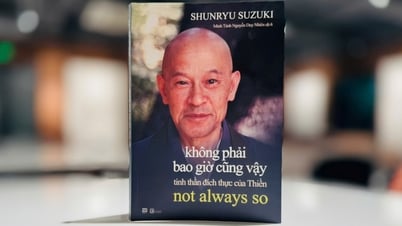
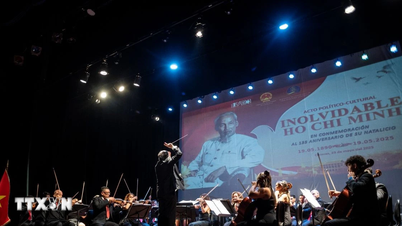


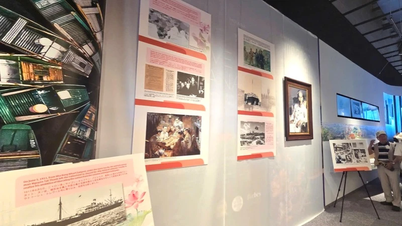





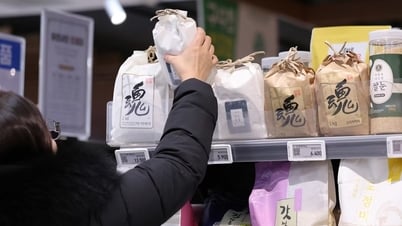





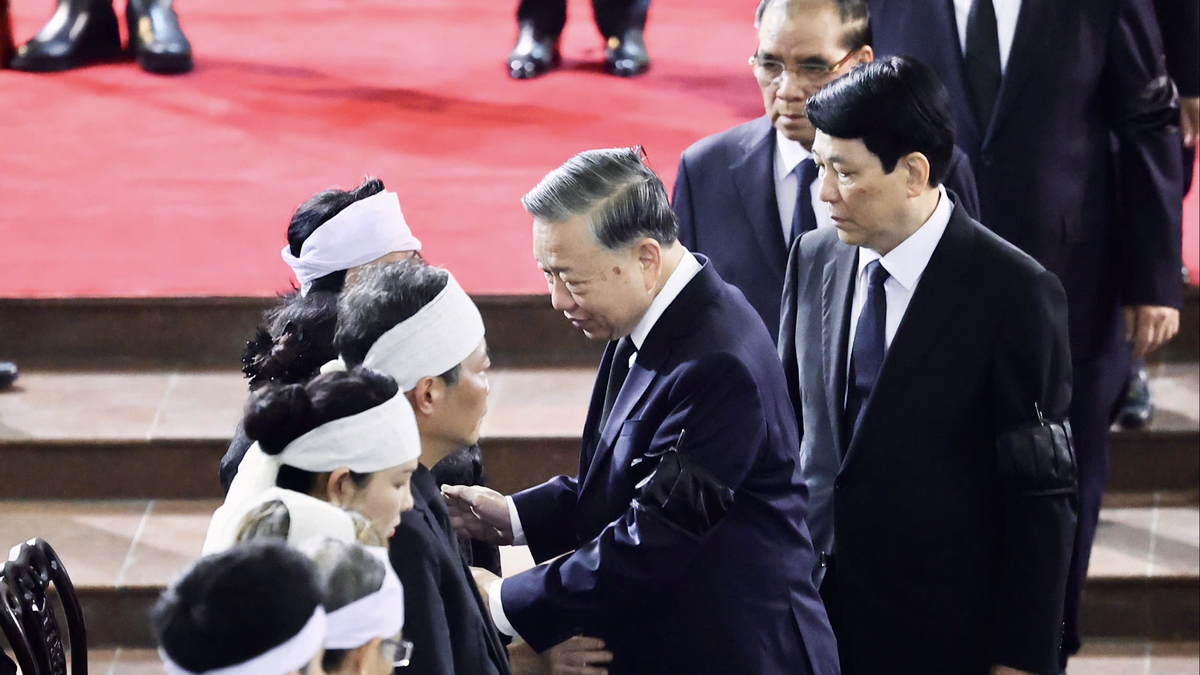









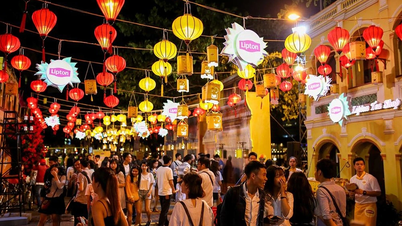

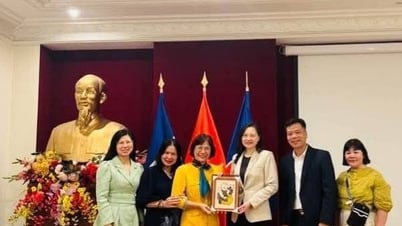























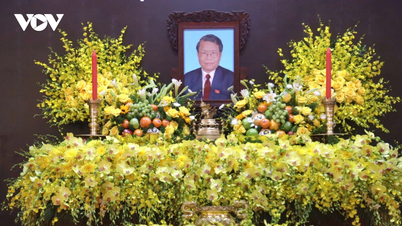
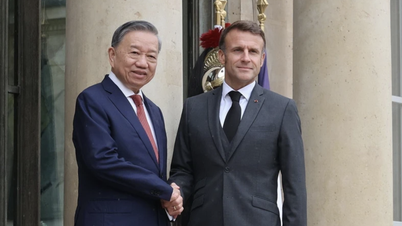
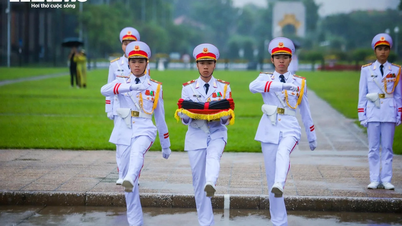








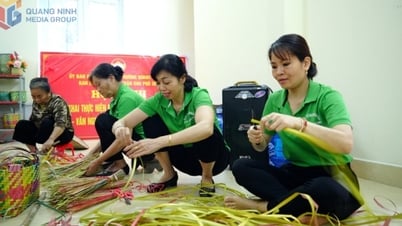

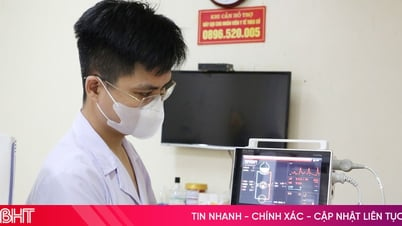

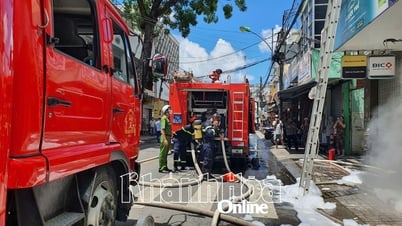

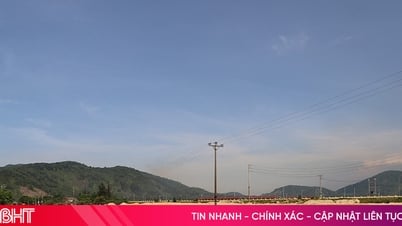
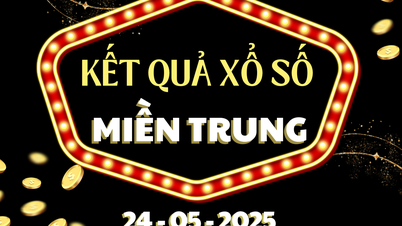

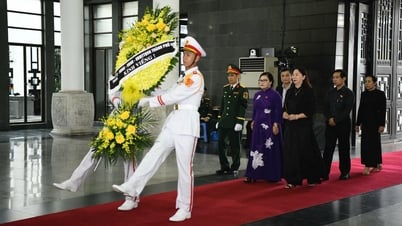













Comment (0)